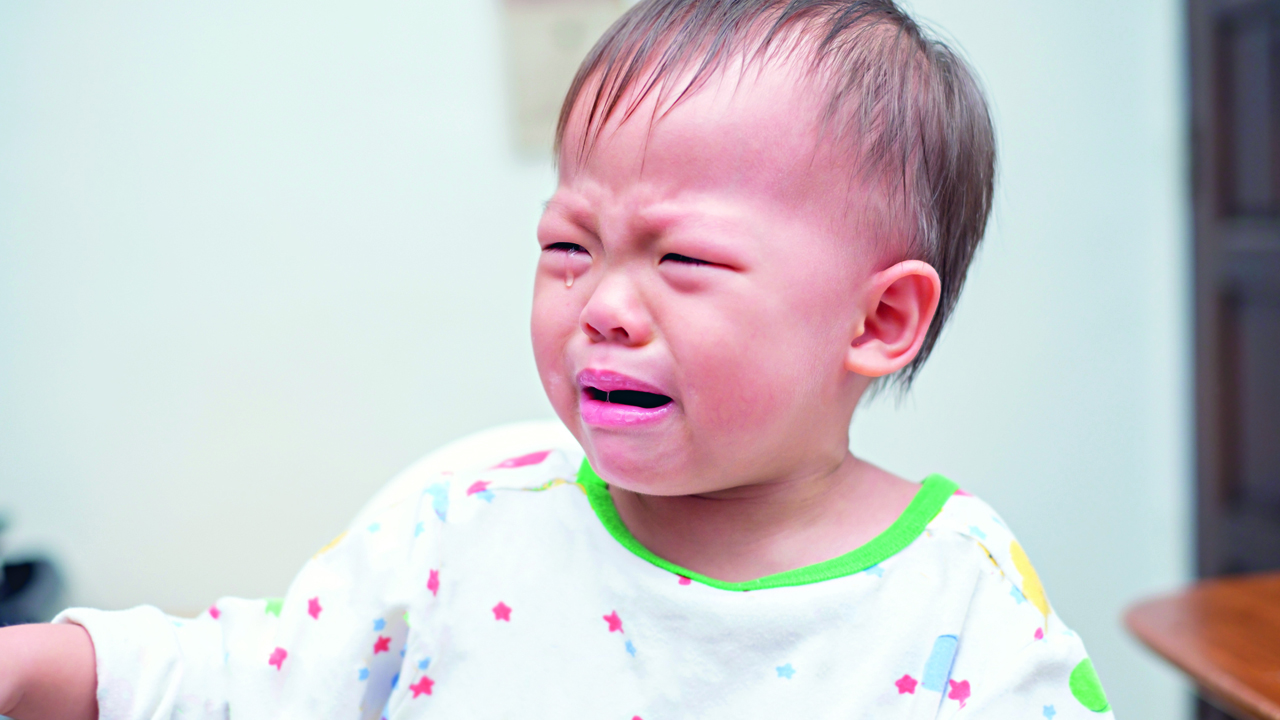In Clinical
Bookmark
Problem representation
A child of 18 months with a 12 to 24-hour history of respiratory difficulty.
Hypothesis generation
Croup is the commonest cause of inspiratory stridor and tends to manifest itself with cough and difficult/noisy breathing. This can be a frightening experience for parents and the child. It is important to differentiate croup from other problems that cause upper airway obstruction, as most are medical emergencies.
Likely diagnosis
- Croup
Critical diagnosis
- Anaphylaxis
- Bacterial tracheitis
- Epiglottitis
- Foreign-body aspiration (tracheal, oesophageal)
- Peritonsillar abscess
- Retropharyngeal abscess.
Continued information gathering
A good understanding of how these different conditions present is needed (see Table 1 below) to help discriminate one problem from another.
We already know that her son has had a cough for up to 24 hours. This is diagnostically useful as cough associated with foreign body aspiration, anaphylaxis and epiglottitis presents with very sudden onset. These conditions are therefore unlikely to be the cause of his cough in this case.
You ask the mother to describe what the cough sounds like and whether she has noticed any other problems before or during the bouts of coughing. She says he has had a mild fever and runny nose for a few days and the cough has a bark-like quality. This supports croup as the diagnosis as there is often a history of prodromal symptoms and the cough is often described as having a barking/seal-like quality.
The presence of fever means a diagnosis of a foreign body or anaphylaxis is now very unlikely and the cough suggests abscess is not the cause. A negative history of drooling eliminates epiglottitis.
| Table 1: Condition summary of croup and conditions presenting with croup-like symptoms | ||||||
| Croup | Tracheitis | Epiglottitis | Foreign body aspiration | Anaphylaxis | Abscess | |
| Age | 6 months to 3 years | Any age | 2 to 6 years | < 4 years | Any | Any |
| Onset | Gradual | Gradual | Sudden | Sudden | Sudden | Gradual |
| Fever | Low grade fever | High grade fever | High grade fever | None | No | Yes |
| Nature of cough | Barking | Barking | Muffled, guttural cough (if present) | Barking | N/A | N/A |
| Swallowing | Normal | Difficult | Very difficult | Variable; depends on site of impaction and degree of blockage | Variable; depends on severity | Normal |
| Preferred posture | Recumbent | Sitting | Sitting upright | N/A | N/A | N/A |
| Drooling | No | No | Yes | No | No | Yes |

